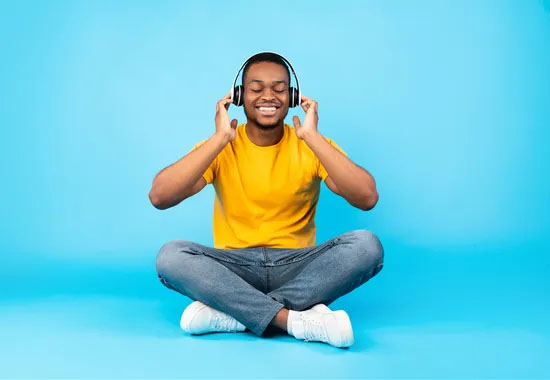Author|Joanne Tombrakos
Source: www.mediavillage.com, November 2022
Rumors of the death of radio have been predicted since David Sarnoff, then President of RCA, introduced monochrome television at the 1939 World’s Fair. In fact, it’s alive and growing more vibrant. According to eMarketer‘s U.S. Time Spent With Media Report 2022, the medium is experiencing an increase in share of media time. Digital audio now accounts for 12.7% of U.S. adults’ overall media time, averaging one hour and forty minutes (1:40) a day compared to social networks (1:15), tablets (1:09), or watching videos on smart phones (:40).
But that data only scratches the surface of consumer media habits. Audacy, a leading audio content and entertainment company, wanted to find out what adults were doing — their daily rituals — while listening to audio options. It commissioned a study in partnership with Alter Agents, which included a national survey, an ethnography and in-depth interviews. The resulting report, Audio: The Soundtrack of our Daily Rituals, indicates that there’s been a significant shift.
“Audio is moving from being a companion medium in the background to the foreground,” explained Idil Cakim, Senior Vice President Research and Insights at Audacy. “We found 74% of Americans say they make sure to have time for audio in their day. For 40% of these people, audio is the ritual.” In other words, they are planning their day and activities around audio content.
The study identified 11 audio rituals. While it included obvious activities like exercising, walking and commuting, it also cited tuning in before the big game, driving to pick up the kids and — at the top of the popularity list — having “me-time.”
Key personas emerged. Among them were Growth Seekers who favor podcasts for personal and professional improvement; Parents making time to enjoy audio throughout the day; and Fitness Buffs who engage with audio beyond their workouts. These individuals were more immersed and participated more actively in the audio content they consumed. When respondents were asked if they could go without audio for a day, “they said they just couldn’t,” Cakim reported. “They said it’s what motivates them and what energizes them.”
The study also discovered that some listeners would create bonus time to spend with audio. For example, 55% of all respondents said they sit in the car longer after arriving at their destination and 23% will take more time shopping to continue listening to their favorite audio content. “One word that people kept using in the ethnographies was how transformational and evolutionary audio was,” Cakim said. “There’s a certain quest for information because the Growth Seeker mentality is a lean-forward mentality.”
Audacy also wanted to understand what the implications might be for brands wanting to reach these highly engaged audiences. Would messages be viewed as an unwelcome intrusion? The results suggested that the more contextual the advertising and the more targeted it was to the ritual, the better it would be received. It also found that by partnering with personalities and creators, brands can build listener trust.
“We discovered there is an openness to hearing and to receiving messages as long as they’re authentic,” Cakim noted. “You’re leveraging the host and the trust the listeners have with the host. There’s a clear message, and you’re solving a problem for them.”
Of course, authenticity is easier said than done. “It’s really understanding the mindset and the habit behind that moment and crafting the message so the brand identity can be a match for that moment,” Cakim concluded.
Click the social buttons to share this story with colleagues and friends.
The opinions expressed here are the author’s views and do not necessarily represent the views of MediaVillage.com/MyersBizNet.

